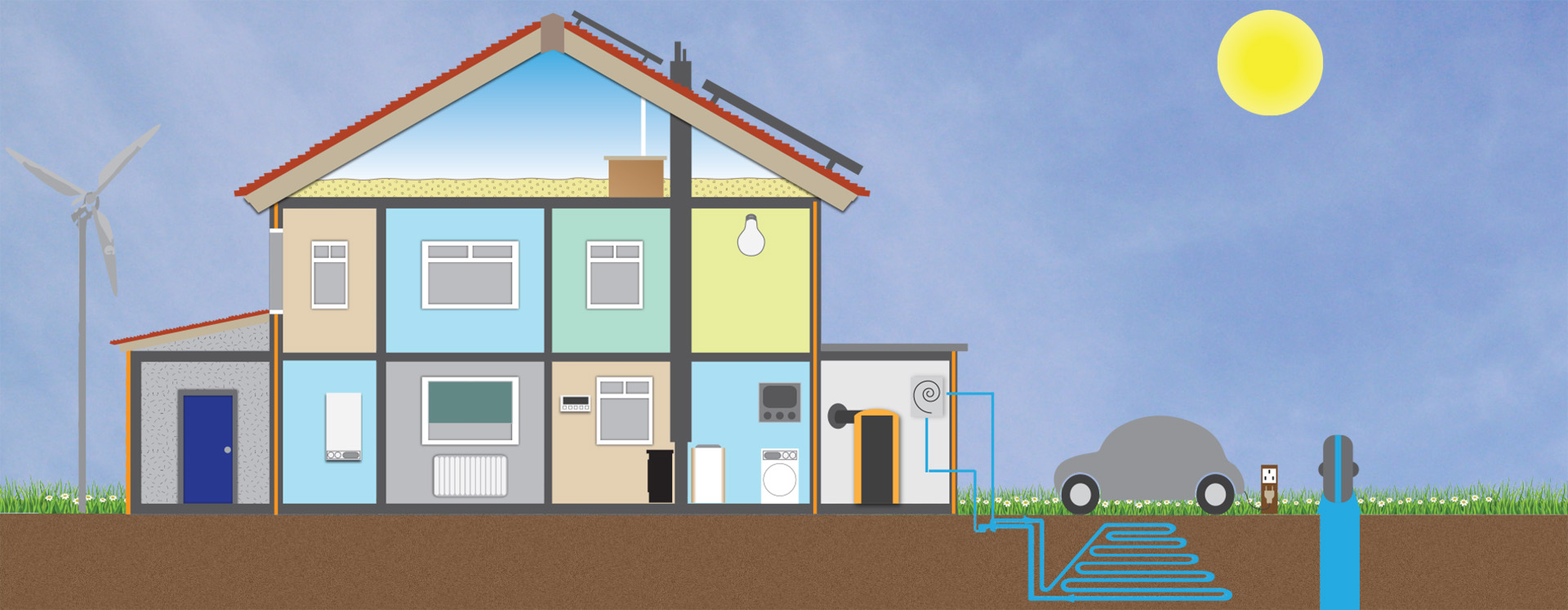Whatever the age of your boiler, making sure that you have heat in the right places at the right time will ensure you are comfortable in your home whilst minimising fuel use as much as possible.
The right controls will let you set your heating and hot water to come on and off when you need them, heat only the areas of your home you want, and decide how warm you want each area to be. The Energy Saving Trust suggests that if you install a room thermostat (if you didn’t have one before) you could save around £70 per year. Turning the thermostat down by one degree can also save a further £65 per year.
What type of heating controls are there?
- Room thermostats
These prevent your heating system delivering more heat to the room than is needed. Room thermostats need a free flow of air to sense the temperature, so they must not be blocked by curtains or furniture, or put near heat sources. - Thermostatic radiator valves (TRVs)
Thermostatic radiator valves are a basic form of zone control as they control how much heat a radiator is able to deliver. They do not control the boiler. TRV’s work by reducing the flow of water through the radiator they are fitted to when the temperature goes above a certain setting. A TRV senses the air temperature around them so it is important that a free flow of air is allowed.
Thermostatic radiator valves enable you to save money by adjusting how much heat is delivered in different zones or rooms so you do not overheat rooms with lower heat requirements. - Cylinder thermostat
If your hot water is stored in a cylinder, the thermostat will prevent it being hotter than it needs to be. It is recommended that they are set between 60ºC and 65ºC. Once the water has reached the temperature you have set, the heat supply from the boiler will be turned off. - Boiler thermostat
The boiler thermostat sets the temperature of the water being pumped through the radiators to heat your home. If it is not set high enough the radiators may not be able to give out the required heat. - Programmer / Timing controls
This is often sited near your boiler or hot water tank and enables you to program the boiler to automatically switch your heating on and off. Many also have the ability to separately program your hot water so that the boiler can continue to heat hot water in the summer months when there is no demand for heating. There may also be manual override options. It is important to check that the timer on the programmer is correct before you set your programmes, this can be affected by power cuts or when the clocks change.
WREN can help you make sense of your bills and can advise you whether you are getting the best price for you gas or electricity. We can help you switch supplier of tariff if you want to get the best price.

